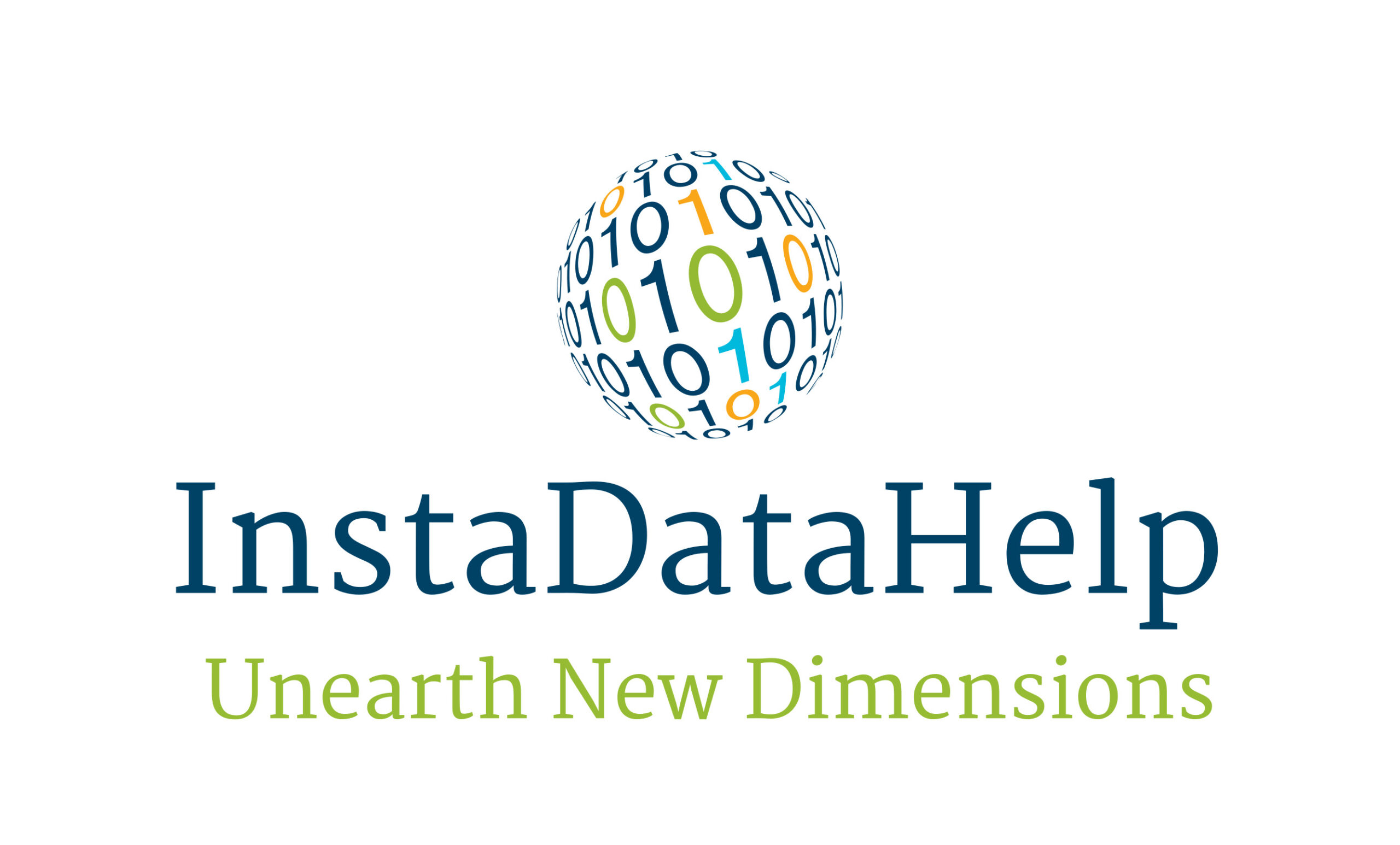Machine learning, a subset of artificial intelligence, is the hot topic of the technology industry. It involves a set of algorithms and statistical models that aim to create an artificial intelligence system capable of learning from data, without being explicitly programmed. In recent years, machine learning has become extremely popular due to the rapid advancements in data processing capabilities, along with the availability of massive amounts of data.
The idea of machine learning is to enable machines to learn from experiences, just like humans. It involves the development of computer programs that can access data and use them to learn from it. Since the programs are capable of learning autonomously, they can improve their decision-making capacity over time. This technology can be implemented in various fields, including healthcare, finance, automation, and many more, to make these industries more efficient and effective.
Machine learning algorithms can be broadly classified into three types, namely – Supervised Learning, Unsupervised Learning, and Reinforcement Learning.
Supervised Learning In Supervised Learning, you have a data set containing both input and output data. The algorithm learns from this data set and uses this knowledge to identify other similar input data in the future. For example, a supervised learning algorithm can be trained to identify digits in an image, and then use this knowledge to recognize digits in other similar images. Some of the commonly used algorithms in supervised learning are Linear Regression, Logistic Regression, Decision Trees, Random Forest, and Neural Networks.
Unsupervised Learning In Unsupervised Learning, we have only input data, and the algorithm is trained to find patterns within that data. This is commonly used in clustering problems, where the algorithm groups the input data into different clusters based on similarities. A perfect example of this is recommendation systems that use unsupervised learning to recommend items to users based on the user’s previous activities. Some of the commonly used algorithms in unsupervised learning are k-means clustering, hierarchical clustering, and association rule mining.
Reinforcement Learning In Reinforcement Learning, the algorithm is trained to take actions based on previous experiences, and based on the feedback received for those actions. The algorithm takes inputs from the environment, and based on current state, it decides the action to be taken. The goal of the agent is to maximize the reward received from the environment. Reinforcement learning is mainly used in decision-making problems such as game playing, robotics, and process optimization. Some of the commonly used algorithms in reinforcement learning are Q-learning, Policy Gradient, and Actor-Critic.
Now that we have discussed the different types of machine learning algorithms let’s take a look at some of the common techniques used in machine learning:
- Decision Trees: Decision trees are a popular machine learning technique that is used for both regression and classification problems. They are easy to interpret and understand, making them useful in business decision-making. In a decision tree, each node represents a decision, and the branches represent the possible outcomes of the decision.
- Random Forest: Random Forest is a machine learning technique that is used for classification, regression, and other problems. It is an ensemble method that combines multiple decision trees trained on different samples of the training data. It is used when the quality of the decision tree alone is uncertain, and you want to ensemble them for more accurate output.
- Support Vector Machines: Support vector machines are a powerful classification technique that can be used to classify both linear and non-linear data. This technique aims to find the hyperplane that maximizes the distance between the data points of different classes.
- Neural Networks: Neural networks are a set of algorithms that are designed to recognize patterns. They consist of input neurons, hidden layers, and output neurons. Neural networks have the ability to learn from large amounts of data and can be used for image recognition, natural language processing, sentiment analysis and many more.
- K-Nearest Neighbors: K-Nearest Neighbors is a simple algorithm that is used for both classification and regression problems. The basic idea is to find the k-nearest data points in the training data to the new input data point, and classify or predict based on the majority of the k-nearest data.
- Gradient Boosting: Gradient Boosting is a method of building an ensemble of weak decision-tree classifiers. The idea is to train successive models where each new model corrects the errors of the previous one.
In conclusion, machine learning has emerged as a game-changing technology that has revolutionized the way businesses operate. Machine learning techniques like decision trees, random forest, support vector machines, neural networks, K-Nearest Neighbors, and Gradient Boosting are essential for predicting accurate results and making informed decisions more efficiently. Machine learning is facilitating businesses in processing and analyzing huge amounts of data to gain critical insight and make predictions that foster growth and innovation. As the industry continues to evolve, the advancements in machine learning techniques are only going to continue to advance, leading to even more revolutionary innovations.


Recent Comments